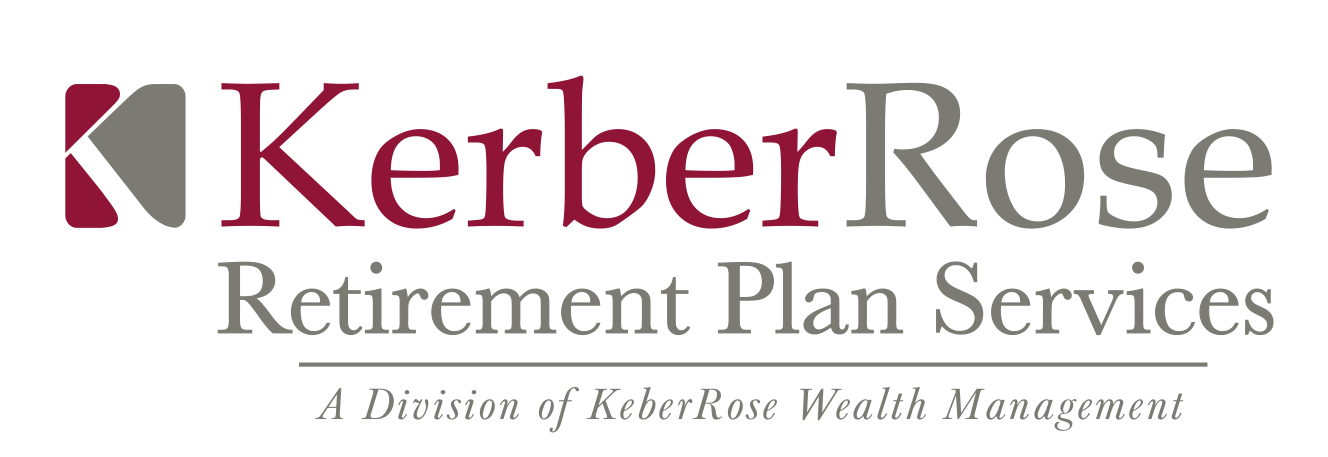The Latest News and Updates from KerberRose
Resources
Participant Corner: Harvesting Financial Lessons
Thanksgiving offers more than just family gatherings and meals—it encourages reflection on finances with gratitude. The holiday can inspire better financial habits, such as managing holiday expenses wisely and practicing mindful spending. Here are a handful of tips that can alleviate any financial burdens you may face during the upcoming holiday season:
Increasing 401(k) Balances Can Bring Increased Risk
Rising 401(k) balances can lead to financial overconfidence for some participants, tempting them to view their retirement account as a quick fix during economic challenges instead of exploring alternative strategies for managing emergency cash flow.
Here are five ways employers can help.
Navigating Higher Fees and Opportunities for Smaller 401(k) Plans
Although the costs of retirement benefits have generally decreased due to fee compression, smaller plans are still at a disadvantage. Smaller plans pay more per participant due to fixed costs, while larger plans benefit from economies of scale even with greater total costs. To maximize your retirement plan costs, read our latest blog for insights.
IRS Issues Guidance on Student Loan Matching
According to the Federal Reserve, the median student loan debt in 2023 ranged from $20,000 and $25,000. To help ease this financial burden, employers are increasingly offering a match toward student loan repayments as an employee benefit to help alleviate the financial strain. Should you wish to offer the same to your employees, the IRS provided guidance on match contributions — read our latest blog for full details.
Helping Employees Avoid Retirement Health Care Sticker Shock
Housing, utility costs, and dining are all line items with fairly predictable costs when creating your monthly budget. However, when it comes to healthcare, the situation can change dramatically. Explore these seven strategies to help you better predict — and plan for — medical costs in retirement.
New Rule Allows Matching Employee Student Loan Payments
Starting this year, there’s a new rule that lets you, as a plan sponsor, match your employees’ student loan payments with contributions to their retirement plan. This means if your employees are paying off student loans, you can help them save for retirement at the same time.
Understanding the Difference Between ERISA Bonds and Fiduciary Bonds
As a plan sponsor, it's crucial to understand the different types of bonds that protect your retirement plan and its participants. Two common types of bonds are ERISA Bonds and Fiduciary Bonds. While they may seem similar, they serve different purposes and offer distinct protections.
New Catch-Up Contribution Law Effective January 1, 2025
Effective January 1, 2025, a new provision allows participants aged 60-63 to make additional catch-up contributions. This is an optional provision that plans must adopt as part of SECURE 2.0 to permit these extra catch-up limits.
Participant Corner : Employer Matching – How to Make the Most of Your Plan
Many defined contribution plans include something called employer matching, meaning your employer contributes a certain amount to your retirement savings plan based on your personal contribution. In 2024, individuals can contribute up to $23,000 into their 401(k) according to SEC guidelines, although, when combined with employer matching, the cap comes to $69,000 per year.
Overcoming Challenges for HR Departments
Human resource department employees handle many responsibilities, such as managing a company's health care benefits or supervising the retirement plan. It is crucial for plan sponsors, who are frequently overseeing these teams, to understand the difficulties their HR department encounters daily, and to avoid compromising their fiduciary duties to these workers.
The High Cost of Financial Stress in the Workplace
According to the results of a 2024 American Psychiatric Association mental health poll, 43% of adults reported higher subjective feelings of anxiety than they did the previous year. Respondents indicated feeling anxiety related to a number of issues.
These alarming statistics underscore the critical need for employers to prioritize financial wellness programs. Check out these insights and resources regarding programs and ideas to boost morale













